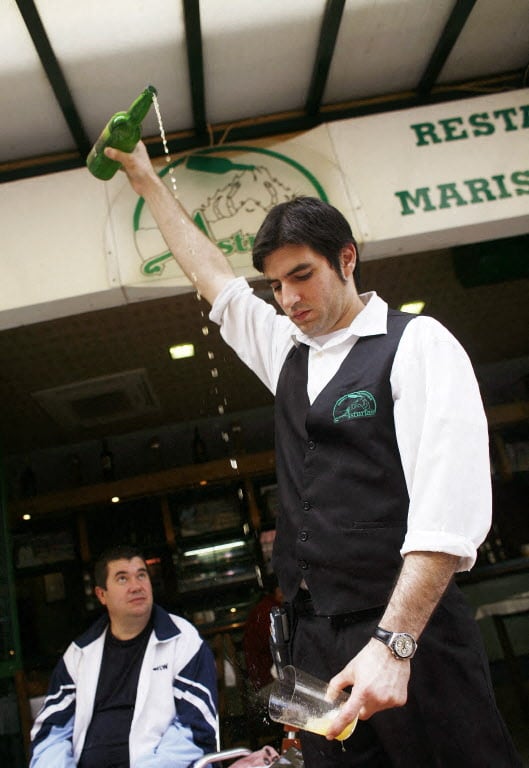A recruitment agency's announcement on Monday gave hope to job-seeking chefs in job-poor Spain: 300 open positions for a major Italian restaurant chain in the UK.
The Spanish agency, Linkers, confirmed to The Local that the advert was for Bella Italia and that the company had its eye on Spaniards because they needed people familiar with Mediterranean cuisine.
“The food is more Mediterranean than just Italian, so they are looking for people who know how to cook Mediterranean cuisine,” Linkers CEO David Basilio told The Local.
“Italian food is very similar to Spanish. We have a lot in common.”
Positions for head chefs, assistants and managers are available in Bella Italia's kitchen with applicants required to have a “sufficient level of English” to work with others as well as three years of experience in a kitchen.
“The big problem is the language. Many Spaniards don't speak English.”
“Fundamentally, it's a great plan for your career,” Basilio said. “In Spain, restaurants open and close.
“Spain is losing this generation. More and more are moving away,” Basilio continued. “The companies aren't able to serve this generation of chefs. But then in some years, they will return.”
Spain is renowned for its top chefs and seven Spanish restaurants made it onto the prestigious World’s 50 Best Restaurant list last year – making it the country with the highest number of ranked eateries.
But why is the restaurant chain seeking workers from abroad?
“British people prefer to work at front of house, like at the bar, and not in the kitchen,” Basilio said.





 Please whitelist us to continue reading.
Please whitelist us to continue reading.
Member comments